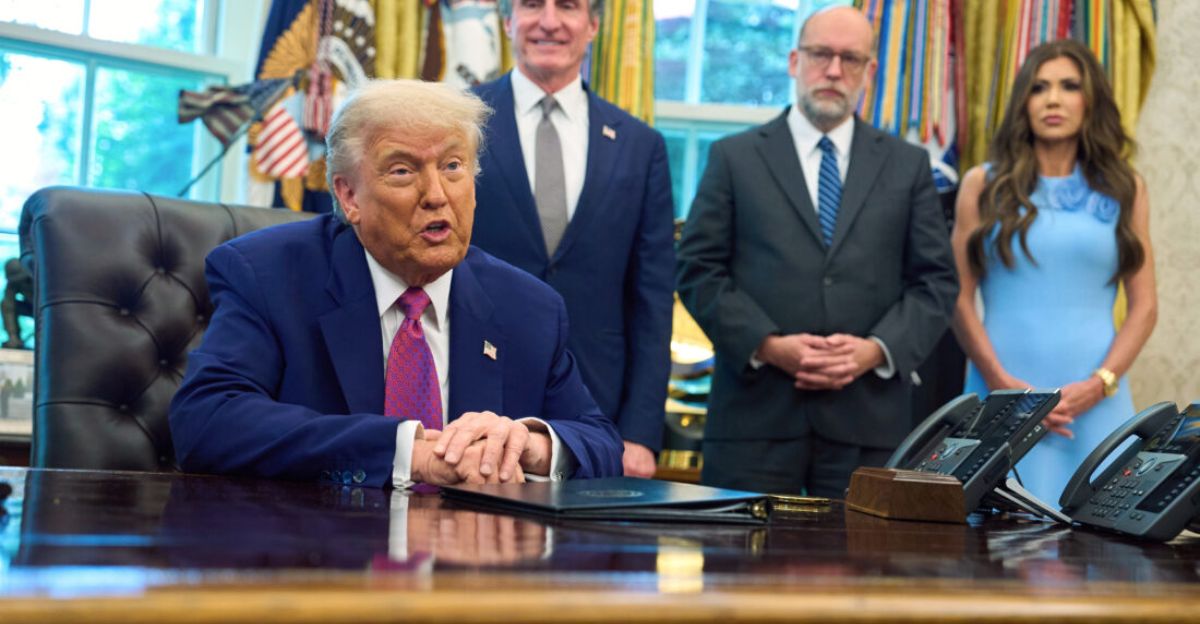
The outrage over Trump’s plan to dismantle FEMA exposes a deep misunderstanding of how disaster response really works. Critics warn of defenseless states, but the facts tell a different story.
FEMA has grown into a $30 billion bureaucracy that often slows down help instead of speeding it up. Despite alarming headlines, 90% of emergencies are already handled by states, with estimated 68 requiring federal declarations.
Rather than eliminating disaster response, this move acknowledges that a centralized, one-size-fits-all model no longer fits today’s more capable states. It raises a bold question: What if less federal control could actually save more lives? The next slides explore why Trump’s controversial decision might do exactly that.
When FEMA Became the Problem, Not the Solution
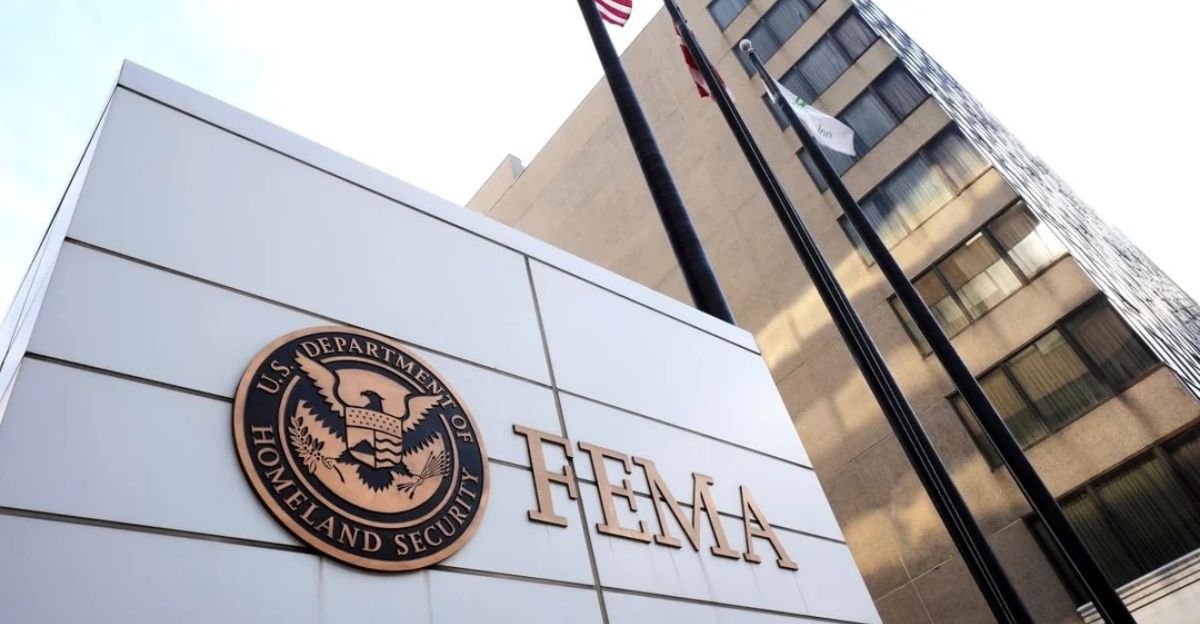
FEMA’s recent failures have made it part of the problem. During COVID-19, the agency mishandled nearly $10 billion, including a $1.1 billion grant approved with no itemized budget and $1.5 billion given to one state for medical staffing without proper review. These aren’t flukes, they point to a system too bloated to function.
Hurricane Maria revealed more cracks when FEMA lost track of 38% of critical supplies worth $257 million. On average, those supplies took 69 days to reach affected areas. When disaster strikes, people need rapid relief—not endless paperwork and logistical errors that delay help when it’s needed most.
The State Success Stories FEMA Doesn’t Want You to Know

In 2025, California mobilized over 1,000 engines, more than 30 aircraft, and 7,500 emergency personnel during the Los Angeles fires, aided by interstate resources. Governor Newsom’s executive orders cut red tape by suspending CEQA requirements to speed rebuilding.
Texas, through its Lone Star Incident Management Team, coordinates rapid response statewide and often acts independently, though it does work with federal agencies during large disasters. South Carolina’s emergency division has led major hurricane and flood responses, showcasing local capability. Together, these states show how strong local expertise and quick mobilization can sometimes outpace federal efforts in the early stages of disaster response.
Are Federal Disaster Dollars Encouraging Risky Behavior?
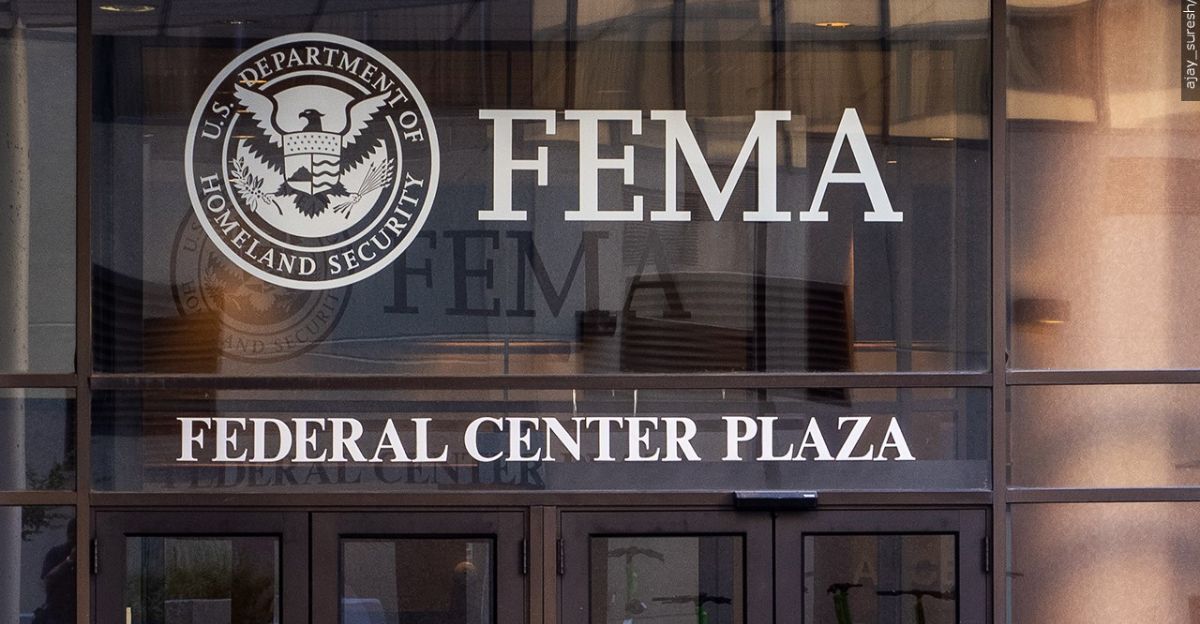
FEMA typically covers 75 percent of public disaster costs, leaving states to fund the remaining 25 percent. Experts warn this setup can create a moral hazard, discouraging states from investing in long-term risk reduction. Florida, Louisiana, and Texas each received over $2 billion in federal aid from 2015 to 2024, with limited local contributions inferred from the federal cost-share.
Taxpayers in low-disaster states effectively subsidize high-risk regions. Many policy analysts argue that decentralizing disaster funding could push states to adopt smarter land use and infrastructure planning, although success would depend on local capacity and governance strength.
EMAC Shows States Can Handle Disaster Aid Independently

The Emergency Management Assistance Compact, or EMAC, allows all 50 states, Washington DC, and US territories to quickly share aid during crises. It offers a proven framework for legal, logistical, and financial cooperation. During Hurricane Katrina, Mississippi used EMAC effectively to bring in help from other states. Louisiana struggled more due to coordination and communication issues.
While EMAC does not replace federal aid, it shows that states can manage large-scale disaster responses through mutual support. Decades of use in hurricanes, wildfires, and floods have made EMAC a cornerstone of state-led emergency management across the country.
Private Sector Aid Often Arrives Faster Than Government

The private sector often outpaces government agencies in the early stages of disaster relief. During Hurricane Katrina, Walmart, UPS, and FedEx provided essential supplies to affected communities faster than FEMA, with local officials saying these companies eased suffering. After Japan’s 2011 earthquake and tsunami, Microsoft delivered critical cloud communication services to support governments and aid groups.
IKEA’s solar-powered “Better Shelter” units, made with UNHCR, can last up to three years, far longer than typical emergency tents, even though some were paused for safety checks. Google and GeoEye’s satellite images after the 2010 Haiti quake helped relief agencies target aid more precisely. By contracting private firms, states can reduce procurement delays and tap into innovative technologies and data-driven solutions.
Global Models Show Local Control Works

Countries like India, Ethiopia, and Australia prove that disaster response doesn’t need to be federally dominated. Odisha, India, once devastated by a cyclone in 1999, now leads globally in cyclone preparedness through local warning systems and community volunteers. Ethiopia empowers regional governments for faster, tailored responses.
In Australia, states lead emergency efforts while the federal government supports. These models show local leadership, backed by national coordination, drives faster, smarter disaster response.
How FEMA Lost 10% of Its Workforce in Six Months

FEMA is shrinking fast, losing 10% of its workforce in just six months. By the end of 2025, it’s expected to drop from 26,000 to 18,000 employees. But this isn’t just a staffing issue, it’s a deeper sign of dysfunction.
One longtime FEMA official told Trump’s review panel that tasks that once took two months now take 18, slowed by excessive red tape. A regional director admitted the agency keeps taking on more responsibility but delivering less. When top talent walks away, it signals structural failure. States can bypass this by hiring experts directly, without being dragged down by a collapsing system.
Why Taxpayers in Low-Risk States Subsidize High-Risk Behavior
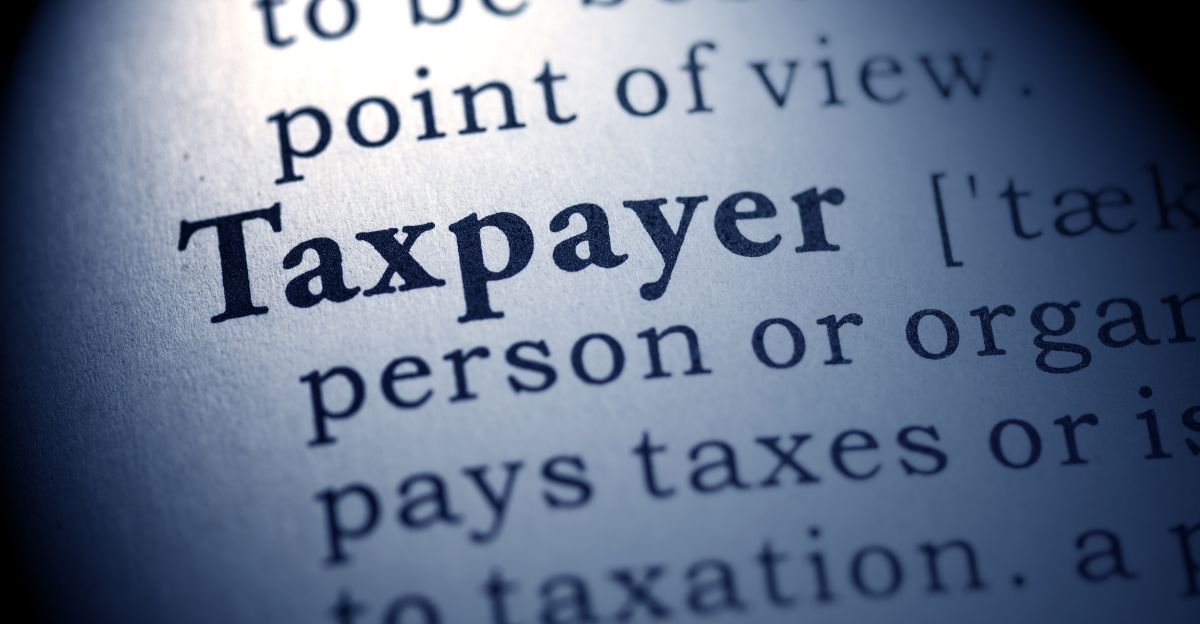
The current disaster system quietly redistributes billions from low-risk to high-risk states. Between 2000 and 2019, federal disaster spending rose by 23%, with 17 agencies contributing beyond FEMA. This lets coastal states shift the true cost of hurricanes onto inland taxpayers.
The Government Accountability Office says damage thresholds are too low, leading to unnecessary federal payouts. A state-led system would shift costs where they belong, encouraging better insurance, safer building codes, and more cautious development. When states pay for their own risks, they naturally make smarter, more sustainable decisions—and avoid relying on bailouts.
The Future of American Disaster Response
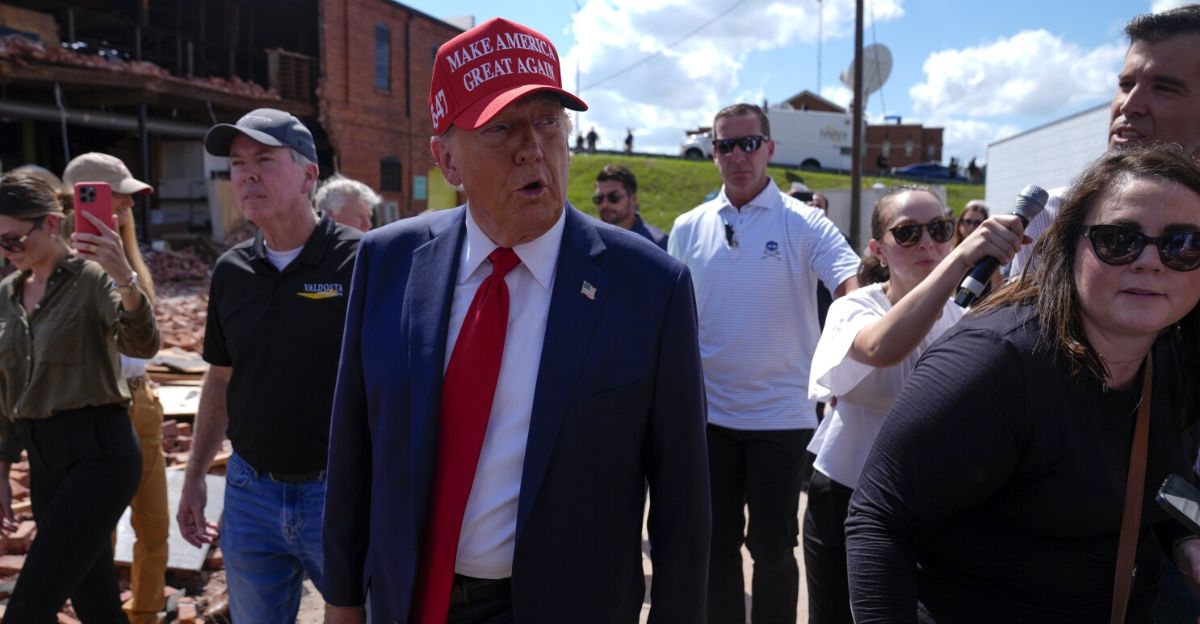
Scrapping FEMA isn’t just a bureaucratic shake-up—it’s a sign that U.S. emergency management is entering a new phase. States have built advanced systems that rival or surpass federal ones, and EMAC shows they can work together effectively. Private companies deliver aid faster and with better tech. Countries like India and Australia prove that decentralization works.
What’s really changing is the mindset: instead of waiting for Washington, states are stepping up with speed, skill, and local know-how. Critics see danger in this shift, but the numbers tell a different story. This move forces a long-overdue reckoning with federal inefficiency, while unleashing the full potential of state-level innovation.
Explore more of our trending stories and hit Follow to keep them coming to your feed!

Don’t miss out on more stories like this! Hit the Follow button at the top of this article to stay updated with the latest news. Share your thoughts in the comments—we’d love to hear from you!







